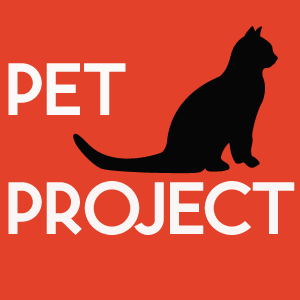
My first goal when I began teaching our dog Saffron commands was to keep her safe, so it was really important that she paid attention to me when I talked to her.  I knew someday it might save her life.  So first, I trained myself to not do anything that would cause her to not pay attention to me.
Tip #1 Â Â Don’t repeat!
This is an easy mistake to make and I see it all the time. Â The person tells their dog to “sit” and when the pup doesn’t, the person keeps repeating “sit”—all the while, getting more and more frustrated. Â Unfortunately, what they’re teaching their dog is that the command isn’t “sit”, it’s “sit-sit-sit” or even “sit-sit-sit-sit-Rover-sit-sit”. Â So stop flapping those gums and just give the command once.
If Saffron doesn’t do what I ask, I give her a cue that she missed it. Â (We use “whoops!”.) Â And I wait. Â If she still doesn’t do what I asked, I get her to refocus either by getting her to move or by moving myself. Â For instance, I wanted her to sit before we ever crossed a street because when we first got her, she would walk right into the street if I wasn’t paying attention. Â We would approach a corner, I’d stop & say “sit” and I’d wait. Â If she didn’t sit, I’d say “whoops!” and I’d wait. Â If she still didn’t sit, I’d get her focused again by turning us away from the street, walking in a small circle, and then approaching the corner again and say “sit”. Â You can also move into your dog’s line of sight to get their attention. Â Don’t jerk them or grab their face to get them to look at you.
Tip #2 Â Â Don’t babble! Â
When you’re at the dog park or out walking your dog, don’t keep blathering on to your dog about everything, about how cute they are, about how you want them to behave, blah, blah, blah.  I certainly don’t mean don’t speak to your dog.  I mean put a cork in the verbal diarrhea.  If you just yammer on and on, your dog will start tuning you out, because she’ll quickly catch on that you aren’t saying anything of importance and anyway, that tree smells really interesting and that squirrel looks tasty, etc.  This especially goes for repeating your dog’s name over and over again.  You want your dog’s name to have a lot of power and meaning to your dog.  If you say your dog’s name with urgency, you want your dog’s attention to snap to you immediately.
Tip #3 Â Â Turn down the volume! Â
This is one that came easily to me.  I tend to be a quiet person out in public and don’t like to draw attention to myself.  In the beginning when I was out with Saffron, I was self-conscious because I had a dog that was obviously terrified of everything.  I felt like we were already a spectacle, so the last thing I wanted to do was draw more attention to us by firing commands at her.  So I whispered to her.  We’d get to a corner and I’d whisper “sit”.  The result is she has to pay closer attention to me than if I’d been loud.  It also means that if I do shout, she knows it’s serious.  If I shout “leave it!” when she’s running towards a fight at the dog park, she puts the brakes on.  I can count on her to pay attention because I’ve avoided giving her any reasons not to.
Remember to think before you speak!



